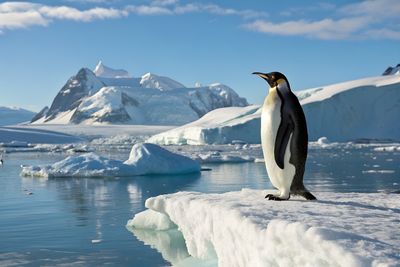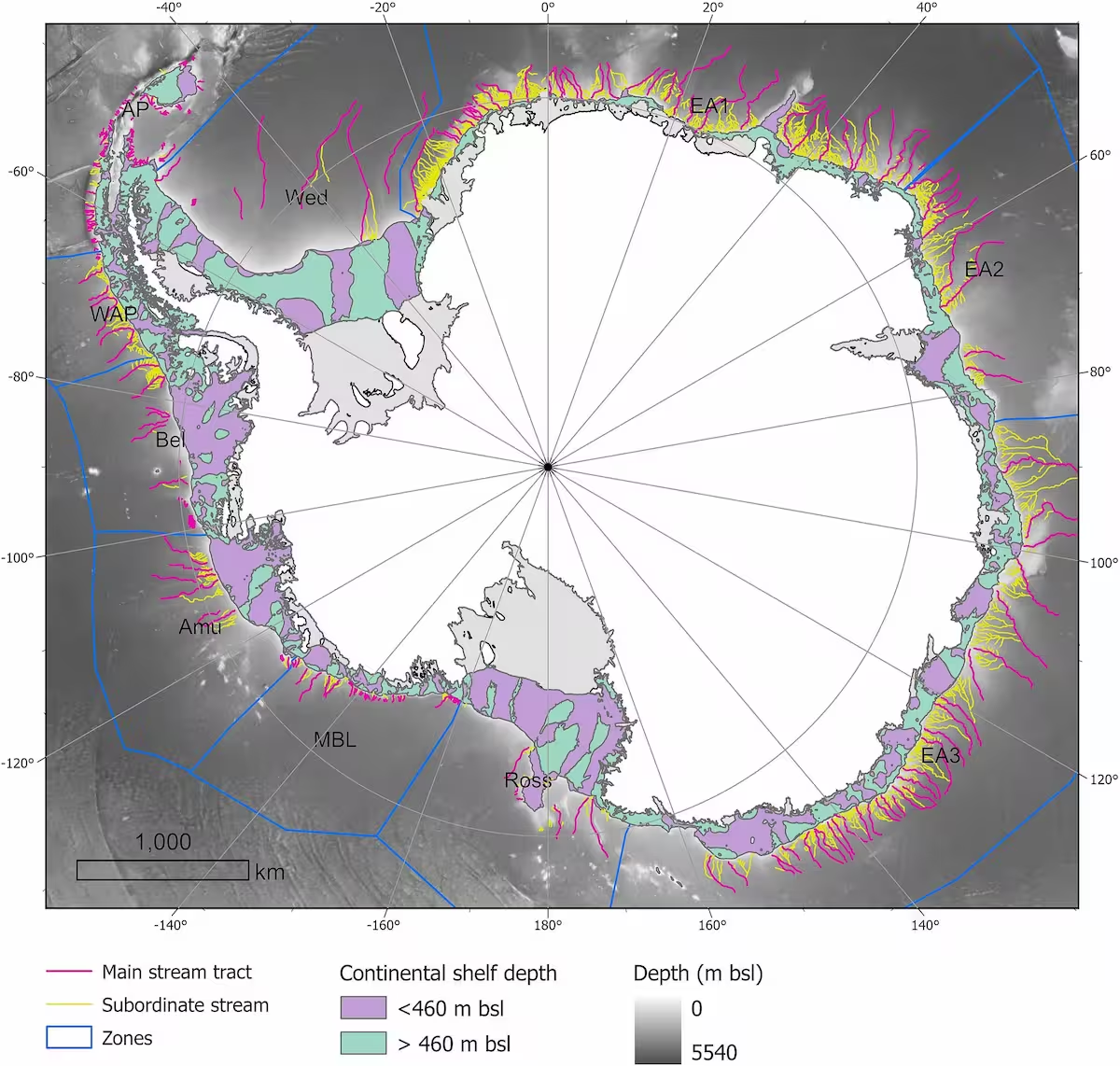300 Submarine Discovered – Like Structures Map a Vast Hidden Network
300 Submarine Canyons Discovered beneath the icy waters of Antarctica have stunned scientists and reshaped our understanding of the continent’s seafloor. In a groundbreaking study, researchers mapped 332 massive underwater canyons more than five times the number previously known. These vast formations, carved over millions of years by glaciers and powerful sediment flows, form a network that plays a critical role in the planet’s climate system.
Using advanced high-resolution bathymetric data, scientists have revealed canyons plunging more than 4,000 meters deep. They stretch from the edge of the Antarctic continental shelf down steep slopes, acting as deep channels for water, sediments, and nutrients. Far from being static formations, these canyons are dynamic pathways influencing ocean currents, ice shelf stability, and even global sea levels.
Differences Across East and West Antarctica
The mapping effort shows striking differences between the two sides of the continent. In East Antarctica, canyons are longer, more complex, and often U-shaped, with multiple smaller channels merging into a single deep cut. This structure suggests a long history of glacial activity and sediment transport.
In contrast, West Antarctica’s canyons are shorter, steeper, and typically V-shaped, pointing to different geological processes and a shorter timeline of glacial erosion. These variations not only reveal Antarctica’s geological past but also hint at how each region interacts differently with ocean currents and climate patterns.
Why These Canyons Matter
These canyons are more than just impressive natural formations they are essential players in regulating the planet’s temperature. They act as “ocean highways,” carrying dense, cold Antarctic Bottom Water into the deep ocean while also funnelling warmer currents, such as Circumpolar Deep Water, toward ice shelves.

This dual role makes them crucial in both preserving ice sheets and, paradoxically, in accelerating melting when warmer waters reach the ice shelf bases. In turn, these processes affect global sea level rise, making the canyons a key focus for climate research.
Gaps in Climate Models
One of the most significant revelations from the study is how little current climate models account for the role of submarine canyons. Most global models used to predict sea level rise and ocean changes do not have the resolution to capture the fine-scale processes that happen within these deep channels. Without this detail, forecasts of ice loss and ocean circulation patterns may be missing critical elements.
Researchers stress the need to integrate high-resolution seafloor mapping into climate predictions. With only about 27% of the world’s ocean floor mapped at this level of detail, there is a strong possibility that tens of thousands of other canyons remain undiscovered globally. Also Read: Amid Big Uproar, Delhi Dogs Case Hearing To Be Held Again Before Larger Bench Today
A Call for Further Exploration
The discovery of 300 Submarine Canyons Discovered in Antarctica is not the end of the story it’s just the beginning. Scientists believe that more advanced mapping missions could reveal even larger and deeper structures, along with new insights into how these canyons influence the planet’s climate engine.
Expanding detailed seafloor surveys, combining satellite and in-situ observations, and improving numerical climate models are now top priorities for researchers. Each new canyon mapped brings us closer to understanding the deep connections between Antarctica’s underwater geography and the world’s climate stability.
Conclusion
The revelation of over 300 submarine canyons beneath Antarctica is a reminder that much of our planet’s secrets still lie hidden below the waves. These giant formations, shaped by ice and time, are not just geological wonders but vital components of Earth’s climate system. Understanding them better could be key to predicting and perhaps mitigating the impacts of a warming world.

